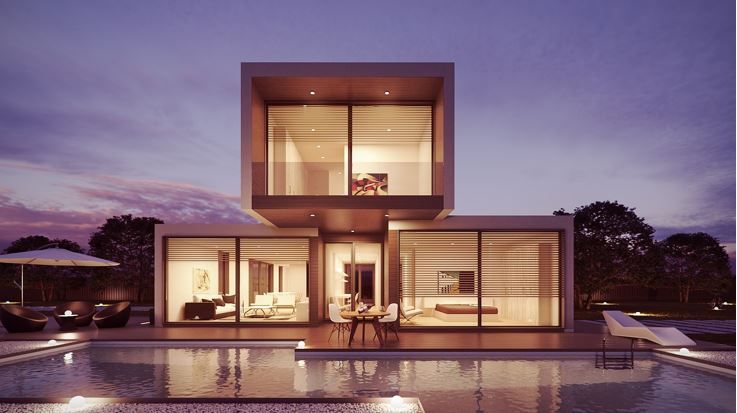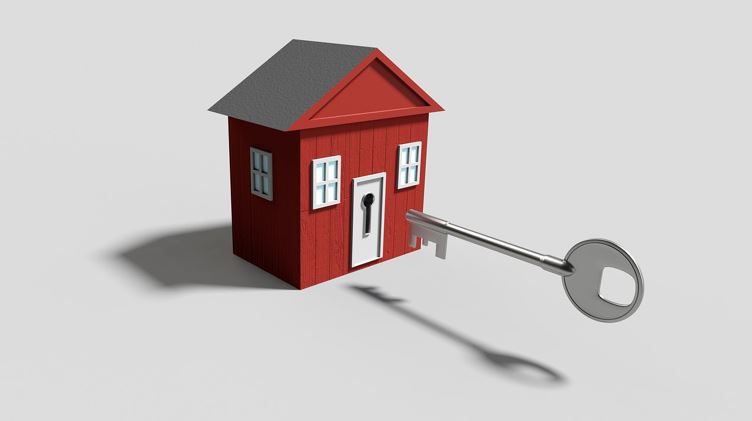The first two quarters of 2019 showed some unexpected trends in the real estate and mortgage markets. Contrary to expectations that mortgage rates would rise, homeowners found that they could refinance their homes at more economical prices. At the same time, the demand for homes far exceeded availability.
Although prices are rising quickly, sellers are still not at an advantage, as was previously estimated. Here’s a quick look at the mortgage trends this year.
 Home Prices Have Not Risen as Fast As Expected
Home Prices Have Not Risen as Fast As Expected
Since the Great Recession of 2008, the real estate market has been recovering quickly. Ten years down the line, unemployment is at the lowest level in 50 years and people have higher salaries. As a result, affordability has increased.
Further, lower interest rates translated into cheaper financing for homes in 2019. However, availability of real estate has not kept up with the demand. And, that’s the reason why the last few years have seen a steady appreciation in real estate market trends with rates rising at 4.5% or higher, year over year.
Interestingly, price rises in the first quarter of the year 2019 slowed to less than 4% even though buyers were spending more on homes than in the previous years. Learn to buy a house for sale buy owner.
Construction Has Not Kept Pace with Demand
Since April 2019, 1.83 million pre-owned homes have come into the market, which is a rise of 30,000 from around the same time in 2018. In addition, close to 327,000 new properties for single families are up for sale. That’s another increase by 33,000 homes just as this feature on NerdWallet reveals. The higher availability is giving buyers a wider choice. Even so, statistics show that the demand far outnumbers supply.
Rising population and demand for new homes has outpaced construction. As the Federal Home Loan Mortgage Corporation, also known as Freddie Mac, reveals, “Until construction ramps up, housing costs will likely continue rising above income, constricting household formation and preventing homeownership for millions of potential households.”
While many people are not taking out construction loans to build their homes. It doesn’t hurt to shop around with banks, such as SouthStar, who offer construction loans in Austin, TX as you might find great rates.
 Other Factors Have Also Contributed to the Shortage of Homes
Other Factors Have Also Contributed to the Shortage of Homes
Several factors have contributed to the limited availability of starter homes in the market. These factors include:
- The reluctance of landlords to sell when they can rent out their properties
- Regulations on land use adding fees of tens of thousands of dollars to the final cost of the home
- Delays in getting building permits in certain states adding to the construction costs because of additional interest
- Communities wanting to restrict entry into their neighborhoods by maintaining high real estate prices
- Homeowners wanting to avail of the affordable mortgages and delaying selling their houses
- Builders developing more expensive homes that are above the reach of first home buyers
 Mortgage Rates Have Seen Significant Fluctuations
Mortgage Rates Have Seen Significant Fluctuations
Mortgage rates in the third quarter of 2019 have been fluctuating rapidly. Markets are noting a rise of 54% in mortgage applications as compared to the figures around the same time last year. However, the volume of applications has dropped by 11.9% by the beginning of the fourth quarter. Like this article on CNBC explains, lower interest rates have encouraged more homeowners to refinance their loans.
At the same time, the rise in prices in real estate have left buyers will less buying power even though mortgages are cheaper than ever before. As experts in the mortgage market calculate, an increase of even 1% in mortgage rates can translate into an almost 10% rise in the monthly payment an average homeowner must make each month.
For instance, say, a home costs $200,000. If the mortgage interest in 4%, the monthly payment works out to $1,030. But, an increase of 1% in mortgage rates to 5% will mean that the monthly payment is now $1,123. Although the difference is just $93, the increase in percentage is 9 points. These figures have been calculated assuming that the homeowner has made a down payment of 20% of the value of the house and pays $210 and $75 for property tax and insurance, respectively.
Mortgage Rates May Continue to Hold at Around 4% in the Final Quarter
Forecasts released by top organizations of the real estate industry predict that the low mortgage rates are likely to hold all through the fourth quarter of 2019 and into 2020.
Check out the statistics on Forbes magazine where economists at Freddie Mac have declared a 3.6% rate on fixed-price mortgages for an amortization period of 30 years with an overall average of 4% for the year 2019. Experts at Fannie Mae talk about a year-round average of 3.9% rate, while Mortgage Bankers Association predicts an average of 3.8%.
Economists Expect Conditions to Remain Favorable for Homebuyers
Prospective homeowners thinking of investing in a house in 2020 can expect that mortgage trends will continue to remain at a low of 3.4%.
More millennials who own homes are looking for refinancing options to take advantage of the lowered interest rates. Mortgage technology provider Ellie Mae reports that refinancing loans made up close to 25% of the loans taken by millennials by the end of the third quarter in 2019. And, these trends are likely to continue into 2020.
Not only will there be more single-family homes available for sale in 2020, but top mortgage organizations predict that the completion in constructions will further push down real estate prices. The year 2021 may see an even further drop in prices resulting in a 2.2% appreciation, making homes more affordable for families.
Lower unemployment rates, higher take-home salaries, and resulting savings are adding to the buying power that families will likely have in the year 2020.
As Freddie Mac Chief Economist Sam Khater reveals on HousingWire:
“We expect single-family mortgage originations to increase 2.6% to $1.69 trillion in 2019 and remain around that level in 2020.” He goes on to add, “With mortgage rates easing up since the end of 2018, we revised up our forecast of the refinance share of originations to 27% and 24% in 2019 and 2020, respectively.”

